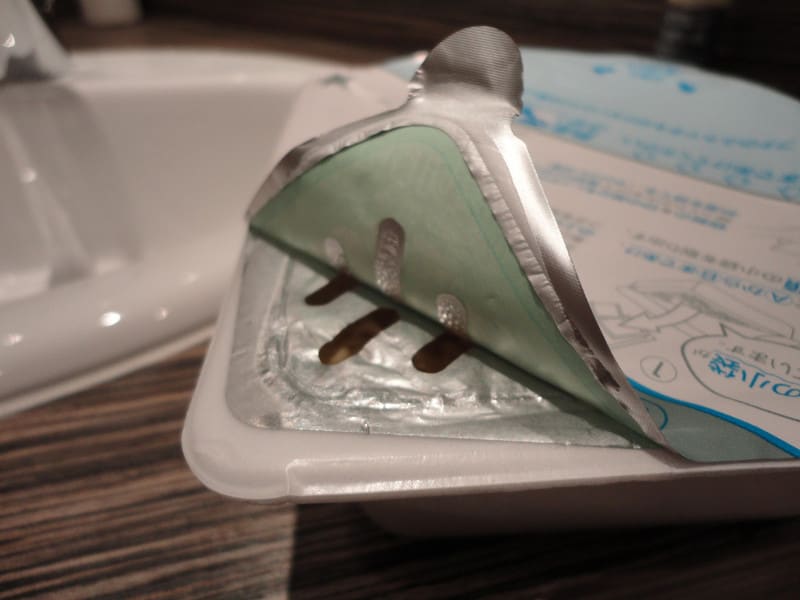<style>
&lt;!--
/* Font Definitions */
@font-face
{font-family:&quot;MS 明朝&quot;;
panose-1:2 2 6 9 4 2 5 8 3 4;
mso-font-charset:78;
mso-generic-font-family:auto;
mso-font-pitch:variable;
mso-font-signature:1 0 16778247 0 131072 0;}
@font-face
{font-family:Century;
panose-1:2 4 6 4 5 5 5 2 3 4;
mso-font-charset:0;
mso-generic-font-family:auto;
mso-font-pitch:variable;
mso-font-signature:3 0 0 0 1 0;}
@font-face
{font-family:&quot;\@MS 明朝&quot;;
panose-1:2 2 6 9 4 2 5 8 3 4;
mso-font-charset:78;
mso-generic-font-family:auto;
mso-font-pitch:variable;
mso-font-signature:1 0 16778247 0 131072 0;}
@font-face
{font-family:&quot;ヒラギノ角ゴ Pro W3&quot;;
panose-1:2 11 3 0 0 0 0 0 0 0;
mso-font-alt:&quot;ヒラギノ角ゴ Pro W3&quot;;
mso-font-charset:78;
mso-generic-font-family:auto;
mso-font-pitch:variable;
mso-font-signature:16777216 0 117702657 0 131072 0;}
@font-face
{font-family:&quot;\@ヒラギノ角ゴ Pro W3&quot;;
panose-1:2 11 3 0 0 0 0 0 0 0;
mso-font-charset:78;
mso-generic-font-family:auto;
mso-font-pitch:variable;
mso-font-signature:1 0 16778247 0 131072 0;}
/* Style Definitions */
p.MsoNormal, li.MsoNormal, div.MsoNormal
{mso-style-parent:&quot;&quot;;
margin:0mm;
margin-bottom:.0001pt;
text-align:justify;
text-justify:inter-ideograph;
mso-pagination:none;
font-size:12.0pt;
font-family:&quot;Times New Roman&quot;;
mso-ascii-font-family:Century;
mso-ascii-theme-font:minor-latin;
mso-fareast-font-family:&quot;MS 明朝&quot;;
mso-fareast-theme-font:minor-fareast;
mso-hansi-font-family:Century;
mso-hansi-theme-font:minor-latin;
mso-bidi-font-family:&quot;Times New Roman&quot;;
mso-bidi-theme-font:minor-bidi;
mso-font-kerning:1.0pt;}
/* Page Definitions */
@page
{mso-page-border-surround-header:no;
mso-page-border-surround-footer:no;}
@page Section1
{size:612.0pt 792.0pt;
margin:99.25pt 30.0mm 30.0mm 30.0mm;
mso-header-margin:36.0pt;
mso-footer-margin:36.0pt;
mso-paper-source:0;}
div.Section1
{page:Section1;}
--&gt;
</style>
隣の研究室の方に教えて頂いたのですが、北海道限定の食品と言うのがいろいろと存在するとのことです。その代表格は、「やきそば弁当」。いわゆるカップ焼きそばなのですが、北海道限定品は湯がき用のお湯で粉末スープを溶かしてカップスープにできます。残りのお湯はもちろん湯切り口から捨てるのですが。
さて、海外出張で困ることの一つ。どこで食事をするかです。特に、一人で行動していると、雪国出身の悲しい性か、レストランに入ることが億劫です。宿泊しているホテルが中心街から離れている場合は尚更です。こうしたケースを想定して、サバイバルフードを携行することにしています。普段は食べないのですが、カップラーメン。加えて、ビスケット、せんべい、あさげ、緑茶ティーバックなどです。これらさえあれば、何とかなります。
ある時、北海道限定の「やきそば弁当」を持参すること。湧かした湯500mlを乾燥かやくを加えたカップ麺に注ぎ、待つこと3分間。湯切り口から150mlをカップスープに。残りを洗面台へ流し捨てる。そうそう、湯切り口の小さな3つの穴からはゆっくりと広がりながら湯が流れ出るのですね。

できあがった捨て湯で作ったスープとやきそば。3分もせずに無くなります。容器に残ったソースなどは、トイレットペーパーで拭き取り、ゴミ箱へ。
食後、ゆっくりと緑茶を楽しみながら、翌日のアジェンダを考える。おっと、うがいを忘れてしまった。イソジンを水で20倍希釈して、ゴロゴロッとうがい。そして、洗面台へ流す。すると洗面台が紫色に変化。
は、はーん。洗面台表面上で、ヨウ素でんぷん反応が生じたんですね。カップ麺捨て湯に含まれているでんぷんが洗面台に固化して残ったのですね。カップ麺由来のでんぷんのらせん構造内部にヨウ素が入り込んで呈色。
この「ヨウ素でんぷん反応」は、初等理科からおなじみの現象です。大学では、1年生の基礎実験等で学ぶ「中和滴定」でも。我が研究室に入ってからも、水中の溶存酸素濃度を測定するためのウィンクラー法で「ヨウ素でんぷん反応」のお世話になります。さらに、硫化水素測定のための標準溶液の検定にも、この反応を利用しています。
ということで、7月12日付けのエントリー「旅の発見」のからくりでした。Aさんの推理は正しかったでしょうか?






















※コメント投稿者のブログIDはブログ作成者のみに通知されます